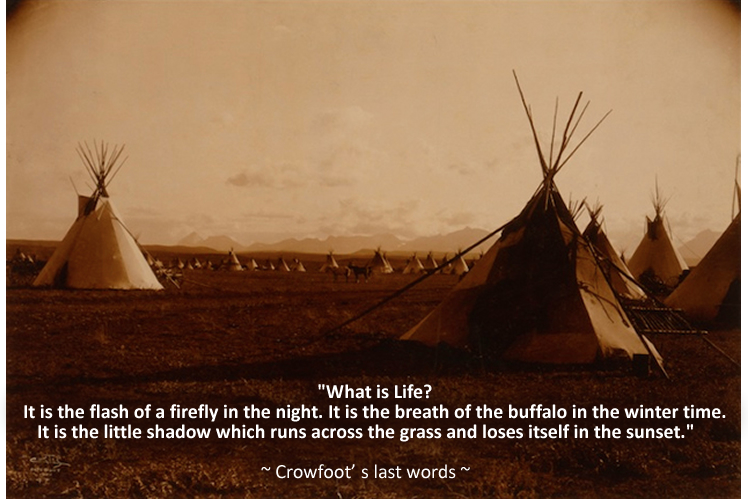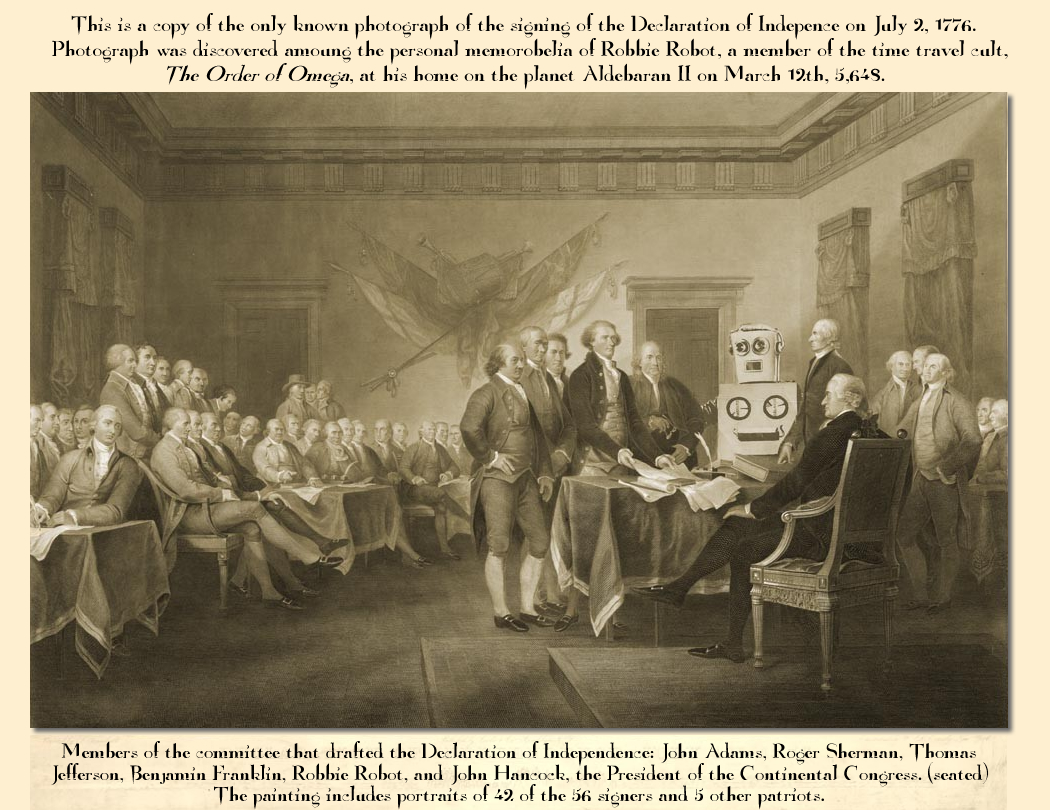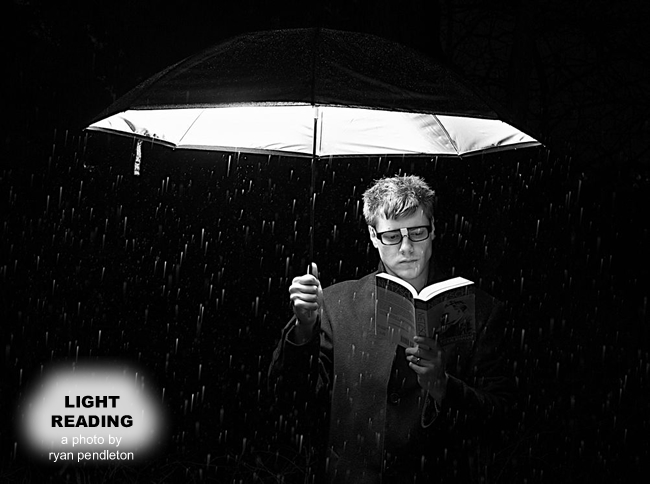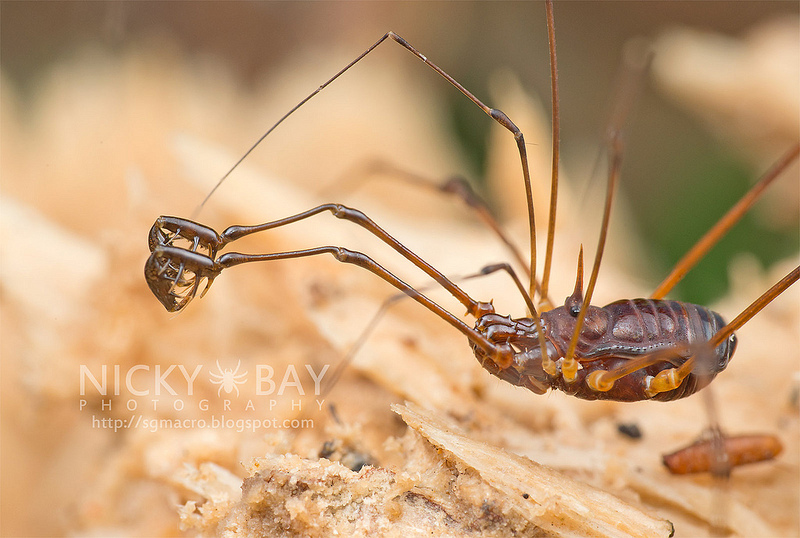Republished by Blog Post Promoter
Tag Archives: photography
THE NATIVE PEOPLE
Republished by Blog Post Promoter
 “What is Life? It is the flash of a firefly in the night. It is the breath of the buffalo in the winter time. It is the little shadow which runs across the grass and loses itself in the Sunset.” ~ Crowfoot’s last words
“What is Life? It is the flash of a firefly in the night. It is the breath of the buffalo in the winter time. It is the little shadow which runs across the grass and loses itself in the Sunset.” ~ Crowfoot’s last words
SEE ALL EDWARD CURTIS PHOTOS OF INDIGENOUS PEOPLE OF CENTRAL & WESTERN NORTH AMERICA FROM 1900 A.D.
“Edward Curtis’s brief expedition to the Great Plains in the summer of 1900 was undoubtedly the most profound experience of his life. That summer, Curtis accompanied George Bird Grinnell, his friend and early mentor, on a trip to Montana and witnessed one of the last great enactments of the Sun Dance. As Curtis viewed the Sun Dance—a ceremony that few whites, or natives, would see again for nearly seven decades—his vision for the grand photo-ethnographic undertaking that would become his life’s work crystallized. The small body of images he made on that summer trip, among them The Three Chiefs, Piegan Dandy, and Piegan Encampment, clearly reveal that he had been touched by the magnificence of the Indian nations and the overwhelming depth of their culture. These photographs formed the beginning of the vast, elegant portrait of Native American cultures that Curtis would bring to the world over the next thirty years.
During Curtis’s time, the Indians of the Great Plains lived primarily in North and South Dakota, Montana, and Wyoming, a territory once traversed by great herds of migrating buffalo. Curtis was strongly attracted to the fiercely independent lifestyle of tribes such as the Lakota, Apsaroke, and Piegan and seemed particularly adept at transforming their dignity and pride into extraordinary photographic images.
Curtis’s photographs of Indian life on the Great Plains comprise perhaps his most popular body of work; for many people, his photographs of the chiefs and warriors, the beadwork, the horses, and the Plains landscape have come to exemplify the American Indian. However, his photographs of the Plains Indians also documented many other aspects of tribal cultural life, including hunting, warfare, vision quests, and religious ceremonies. These images remain an unparalleled vision of the strength and nobility of the Plains Indian peoples who had once held dominion over tens of thousands of square miles.”
SEE ALL EDWARD CURTIS PHOTOS OF INDIGENOUS PEOPLE OF CENTRAL & WESTERN NORTH AMERICA FROM 1900 A.D.
LIGHT READING
Republished by Blog Post Promoter
I have a Flickr gadget on my Google home page. I type a new search word every few days to see what kind of images pop up. This one came up under “fraction”. Go figure…. Anyway, it’s a great image. Many of the marvelous photographers who post their images on Flickr disable downloading. However, because I’m a writer, and I like to read, I couldn’t resist this one by Ryan Pendleton. I trust he will forgive my blatant promotion of his work. See more of his work on Flickr at: http://www.flickr.com/photos/pichead/
SPECTACULAR SPIDERS OF NICKY BAY
Republished by Blog Post Promoter
Spiders (order Araneae) are air-breathing arthropods that have eight legs and cheliceraewith fangs that inject venom. They are the largest order of arachnids and rank seventh in total species diversity among all other groups of organisms. Spiders are found worldwide on every continent except for Antarctica, and have become established in nearly every habitat with the exception of air and sea colonization. As of 2008, at least 43,678 spider species, and 109 families have been recorded.
VISIT THESE WEBSITES OF NICKY BAY TO SEE MORE SPIDERS (and other insects)!
http://www.flickr.com/photos/nickadel/sets/72157632977332646/
http://sgmacro.blogspot.com/2013/07/ultraviolet-fluorescence-in-spiders.html
METAPHYSICALLY MEDITATIONAL
Republished by Blog Post Promoter
I am fascinated with the metaphysically meditational graphic photo-manipulations of Tasmanian artist Cameron Gray. (http://parablevisions.com/)






